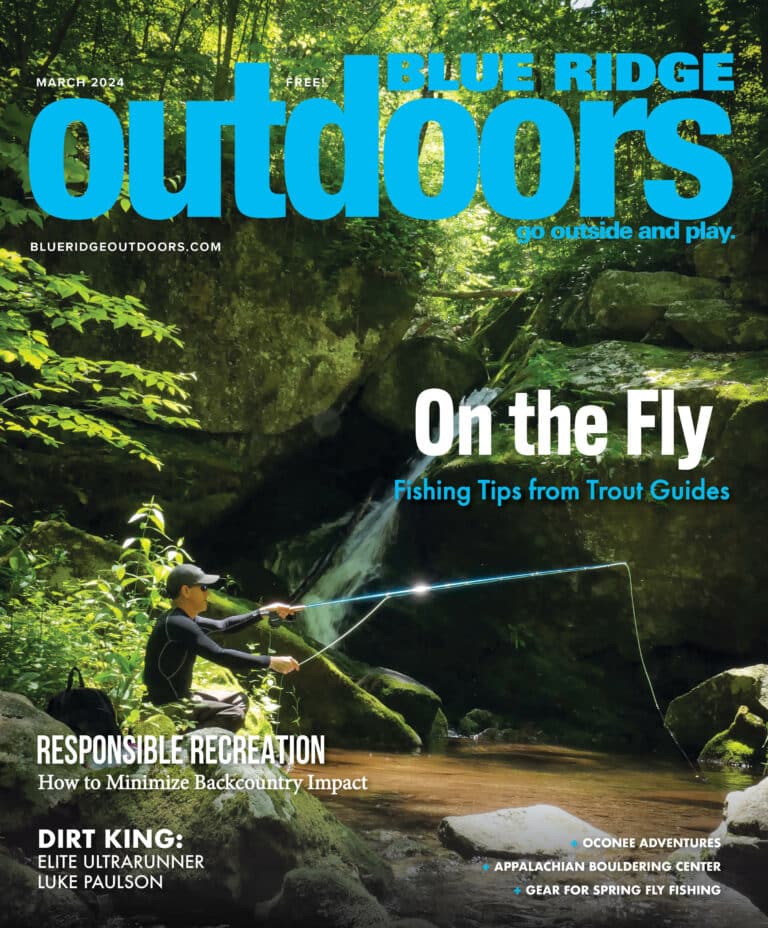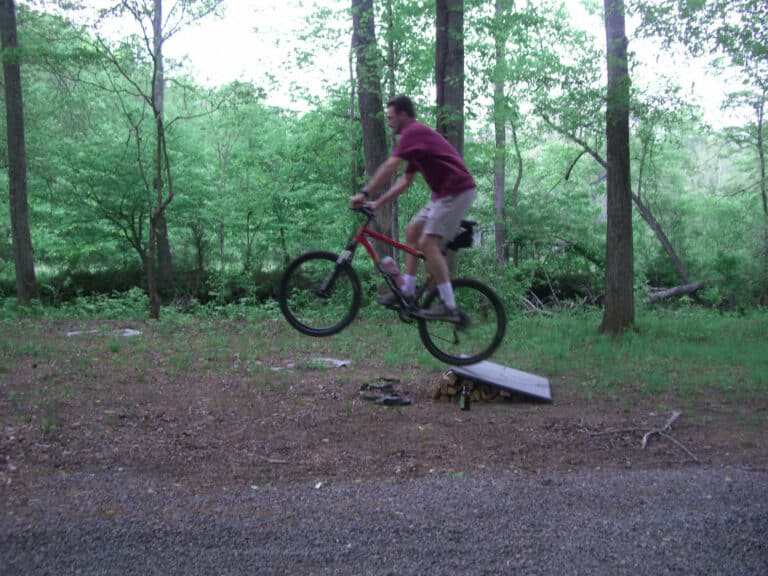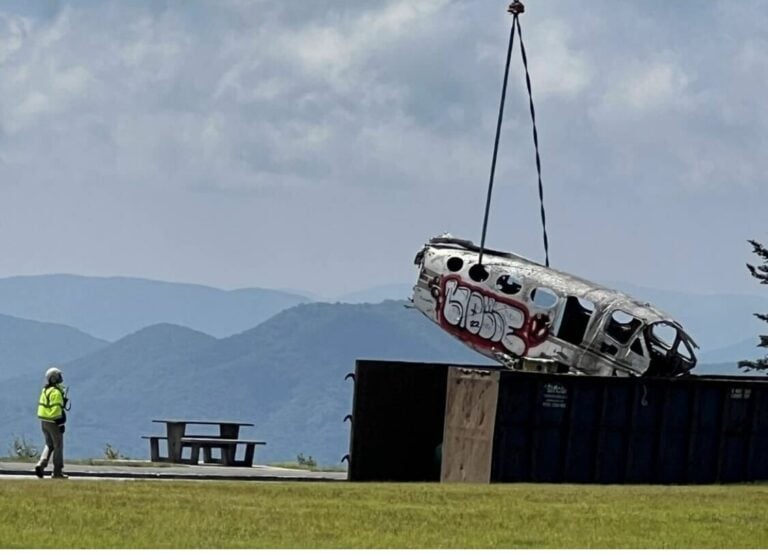Wild Monongahela Act Will Expand Wilderness in the Mountain State
Earlier this year, The Mountain State’s congressional delegation introduced the Wild Monongahela Act, a bill that protects 47,000 acres of Monongahela National Forest as Wilderness, the highest form of land protection available. It’s the first Wilderness legislation for West Virginia in 25 years, and it could signal a shift towards more Wilderness for the region as a whole.
“We’ve been working for this bill for ten years,” says Dave Saville, coordinator for the West Virginia Wilderness Coalition. “This legislation has been a model of democracy in action. People spoke and their elected officials listened. It’s great to see the system work.”
The Wild Monongahela Act will expand three existing Wilderness areas and create four new Wilderness designations, bringing the Mon’s total Wilderness to 125,169 acres. The bill has unanimous support from West Virginia’s congressional delegation, and a similar bill has been introduced to the Senate by senior Senator Robert Byrd, which promises to fast track the Wild Mon through the bureaucratic red tape.
As of press date, the bill awaits approval in the House Resources Committee.
Congressman Nick Rahall, who introduced the legislation to congress, called the bill a “watershed moment” and referred to Wilderness as a “fundamental right of West Virginians” when addressing the national delegation.
So why is Wilderness suddenly a priority for West Virginia? Chalk it up to timing. During the 2006 elections, both the house and senate majorities swung to the Democrats, a party that has a history of supporting Wilderness legislation. At the same time, West Virginia representative Nick Rahall (a long-time champion of Wilderness) became chair of the House Resources Committee, where Wilderness legislation is developed.
The West Virginia Wilderness bill could be the start of a great wave of Wilderness designations for the Mountain State. The New River Gorge National Recreation area is beginning to revise their management plan, as is the Canaan Valley Wildlife Refuge, both of which are required to inventory their land for Wilderness. In two years, the George Washington National Forest will undergo the same management revision. More than 200,000 acres of the G.W. sits inside West Virginia, some of which could qualify for Wilderness.
“There aren’t many places in the U.S. we can protect as Wilderness anymore. Pennsylvania is trying to add Wilderness to the Allegheny National Forest, but they’re having a hard time finding suitable lands,” Saville says. “If you’re looking for opportunities for Wilderness, look at West Virginia. They’re here. There’s a lot of land left that still qualifies.” •
All of the areas included in the Wild Monongahela Act are currently managed as de facto Wilderness, but this bill will make their protections permanent, ensuring their ecological and recreation quality endures for generations. Here’s a look at what each new Wilderness designation has to offer.
——————–
WILDEST OF THE WILD
BIG DRAFT
5,242 ACRES
Big Draft includes 13 miles of hiking trails and a Wilderness-quality class-III whitewater run on Anthony Creek.
——————–
CHEAT MOUNTAIN
7,955 ACRES
This plateau ranges from 3,000 feet to 3,800 feet in elevation. Six streams flow through the area, dropping steeply off the plateau, creating impressive waterfalls, including the High Falls of Cheat, a favorite hiking destination.
——————–
DOLLY SODS EXPANSION
7,215 ACRES
The north side of Dolly Sods protects extensive bog and heath ecosystems.
——————–
CRANBERRY EXPANSION
12,032 ACRES
Expands the already popular Cranberry Wilderness, and together with the Cranberry Backcountry, will create the largest area of non-motorized recreational opportunities in West Virginia.
——————–
ROARING PLAINS WEST
6,820 ACRES
At 4,700 feet, Roaring Plains is the highest plateau in the Eastern United States, averaging 80 inches of snow a year. Mt. Porte Crayon, a popular backcountry ski destination, also sits inside the proposed Wilderness.
——————–
SPICE RUN
7,124 ACRES
One of the most remote places in West Virginia. No system trails exist within the proposed Wilderness.
——————–
OTTER CREEK EXPANSION
740 ACRES
A small expansion of the Otter Creek Wilderness, the area occupies the northern and eastern flanks of McGowan Mountain leading down to the Dry Fork of the Cheat River, which contains excellent whitewater runs.







